The lands we know now as Richmond and the Coal River Valley were the country of the Mumirimina band of the Oyster Bay nation.
Mumirimina country extended from the lower kutalayna/Jordan River along the eastern shore of the Derwent, encompassing Kangaroo Bay, across to Pittwater, and north along the Coal River Valley. Richmond represented a significant meeting place and crossing point for the Mumirimina and the other nine Oyster Bay bands, and the neighbouring Big River people.
The lands around Richmond were fire-farmed, managed, and hunted by the Mumirimina for millennia. British invasion of Mumirimina country commenced with Lieutenant Bowen’s arrival at piyura kitina/Risdon Cove in 1803 and quickly expanded to the east and south with brutality and destruction of the Mumirimina. Despite concerted and consistent resistance against the British by Oyster Bay and Big River nations’ people, their food sources were depleted, lands lost (but never ceded), and their peoples decimated. The attached 2012 research paper prepared by the Tasmanian Aboriginal Centre provides a detailed account of the Mumirimina, their leaders, and country.
TASMANIAN ABORIGINAL CULTURAL ADVICE
Tasmanian Aboriginal cultural advisor, Theresa Sainty, and Bicentenary creative director, Noel Frankham, worked together to ensure that the Bicentenary respectfully recognised the rich cultural history and the tragic outcomes for Mumirimina resulting from British invasion, whilst also celebrating the strength and vitality of contemporary Tasmanian Aboriginal culture. Today’s residents, especially descendants of the early families remaining in the district, wish to better understand the processes and impacts of invasion – recognising that most of us were educated within a system that denied us knowledge of the pain and loss our forebears inflicted on the Mumirimina lands and people.
Acknowledging the symbolism of a bridge – the anniversary of laying the Richmond Bridge’s foundation stone provides an opportunity to reflect on the ‘bridge’ to the past and consider a ‘bridge’ to a more informed, inclusive, and respectful future. Exhibitions, interpretation signage and artworks, and walking tours and talks are among the events and projects being developed within the four-month Bicentenary program that will recognise traditional owners past, present, and emerging.
As events and projects are confirmed within the program, they will be added to the website and promoted through social media.
SOUNDING THE BRIDGE CONCERT
Performed at launch weekend of the Richmond Tasmania Bicentenary with support from Arts Tasmania. Commissioned by Clarence Council Arts and Events via a Festivals Australia grant for the Clarence Jazz Festival 2023. This work for 10 instrumentals and narrator tells the story of the mumirimina people who were permanently removed from their land through colonial settlement on the east side of the Derwent River near Hobart.
Bridge is a 3 part work written to commemorate the placing of the first stone for the construction of the iconic Richmond Bridge. It was premiered on the launch weekend of the Richmond Tasmania Bicentenary, Dec 9, 2023. The performance was made possible by a grant from Arts Tasmania.

